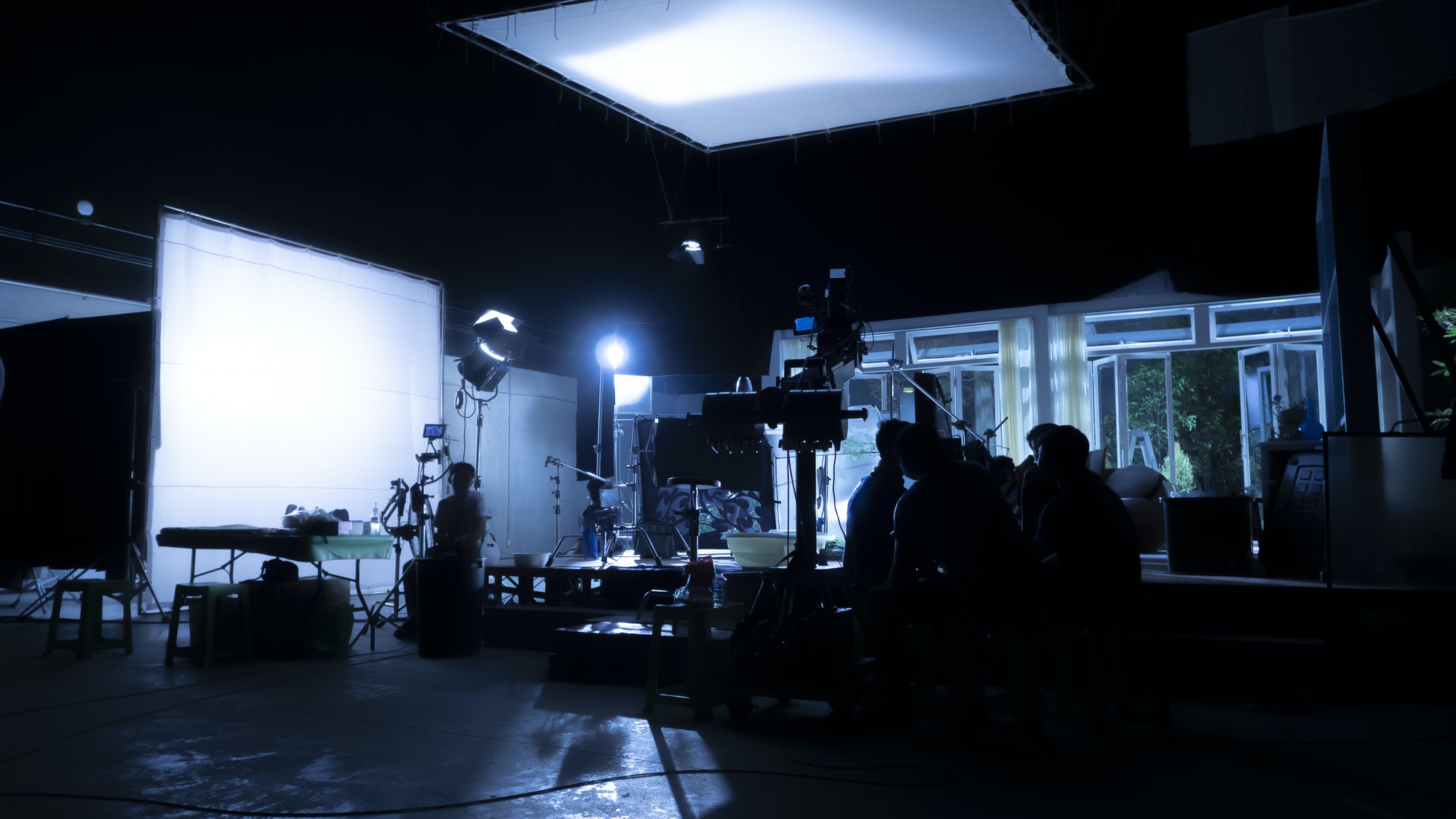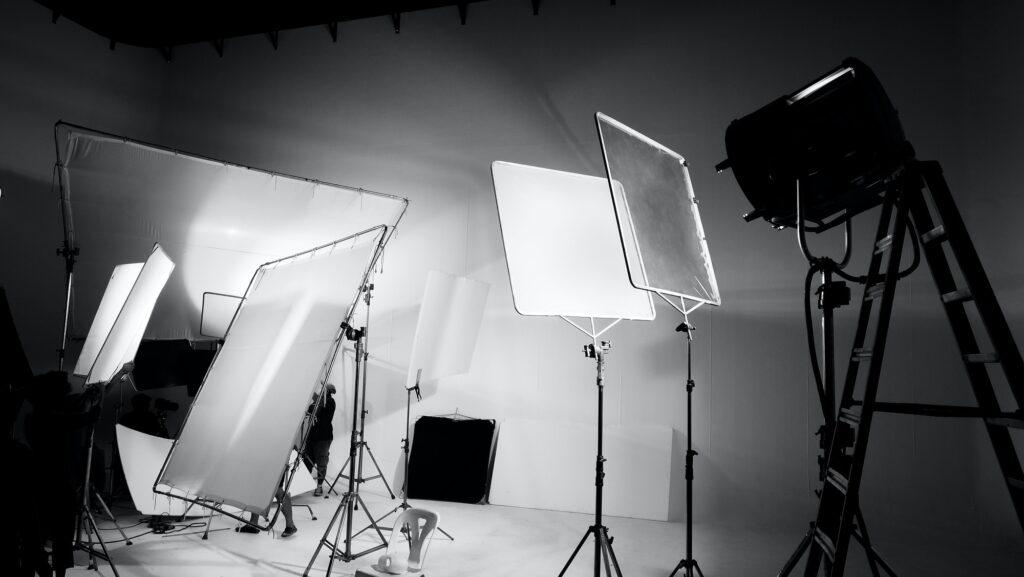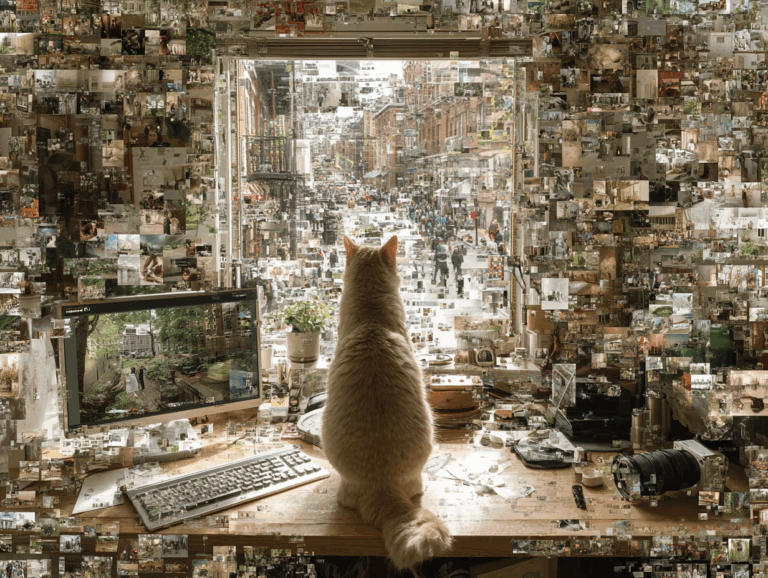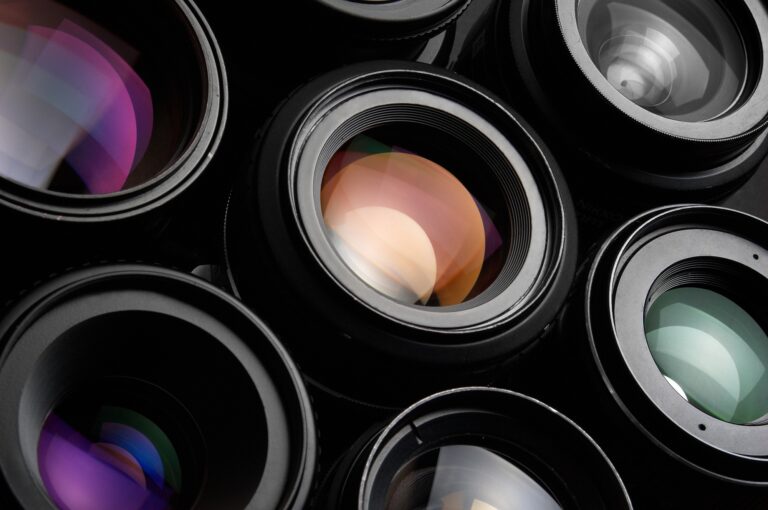B-roll footage, a term originating from the golden age of Hollywood, refers to the secondary video captured to supplement the primary or A-roll footage. While the A-roll typically includes the main shots and interviews, the B-roll encompasses the additional clips that provide context, depth, and visual interest to the story. It’s the footage that fills in the gaps, offering a visual break from the main narrative and enhancing the overall storytelling experience.
B-roll can include a wide variety of shots, from establishing shots that set the scene to close-ups that highlight specific details. It can also include cutaways that provide additional information or reaction shots that reveal a character’s response to events. The key is that B-roll should always serve to support and enrich the main narrative, rather than distract from it.
The use of a B-roll is a fundamental aspect of video production, whether it’s for a feature film, a corporate video, a news report, or a YouTube vlog. It’s a powerful tool that can transform a basic video into a captivating visual story.
As renowned filmmaker Alfred Hitchcock once said, “To make a great film, you need three things – the script, the script, and the script.” In the context of video production, a B-roll is an essential part of that script, providing the visual details that bring the story to life.
The Importance of B-Roll in Video Production
B-roll footage plays a crucial role in video production, serving several key functions. Firstly, it provides visual diversity, breaking up the monotony of continuous A-roll footage and keeping the audience engaged. It also helps to cover any jump cuts in the A-roll, ensuring a smooth and seamless viewing experience.
Secondly, the B-roll adds depth and context to the story. It allows the audience to see beyond the main narrative, offering a broader perspective and a deeper understanding of the subject matter. For example, in a documentary about a famous artist, B-roll footage of the artist’s studio, their artwork, and their daily life would provide valuable insights into their creative process and personal world.
Thirdly, a B-roll can evoke emotions and set the mood. Through careful selection of shots and creative use of lighting, color, and movement, a B-roll can help to create a specific atmosphere, whether it’s excitement, suspense, nostalgia, or tranquility.
Finally, B-roll can serve as a powerful storytelling tool in its own right. As acclaimed filmmaker Steven Spielberg once said, “Cinema is a matter of what’s in the frame and what’s out.” With B-roll, filmmakers have the opportunity to show what’s “out” of the main frame, revealing hidden aspects of the story and adding layers of meaning.

How B-Roll Footage Enhances Storytelling in Videos
B-roll footage is a secret weapon in the art of visual storytelling. It allows filmmakers to show, rather than tell, enhancing the narrative with visual details and sensory experiences. For instance, in a travel video, B-roll footage of local landmarks, street scenes, and cultural activities can transport the audience to the destination, making them feel as if they’re part of the journey.
B-roll also helps to create a sense of time and place, grounding the story in a specific context. For example, in a historical documentary, archival B-roll footage can take the audience back in time, immersing them in the era being portrayed.
Moreover, the B-roll can reveal character and emotion. Close-up shots of a person’s face can capture subtle expressions and reactions, conveying their feelings and thoughts without the need for words. Similarly, B-roll footage of a person’s environment or personal belongings can offer insights into their personality and lifestyle.
In addition, a B-roll can serve as a narrative bridge, linking different parts of the story together. For example, in a news report, B-roll footage of a city skyline can transition from one interview location to another, maintaining the flow of the story.
Techniques for Capturing Effective B-Roll Footage
Capturing effective B-roll footage requires careful planning, creative vision, and technical skills. Here are some techniques to consider:
- Plan Ahead: Before you start shooting, make a list of potential B-roll shots that could enhance your story. Think about the locations, objects, activities, and details that could provide visual interest and context.
- Vary Your Shots: To keep your B-roll engaging, mix up your shots. Include wide shots, medium shots, and close-ups. Experiment with different angles and perspectives.
- Capture Movement: Movement can add dynamism and visual interest to your B-roll. This could be the movement of people or objects within the frame or the movement of the camera itself.
- Use Natural Light: Natural light can create beautiful effects and moods in your B-roll. Try shooting at different times of the day to capture the changing light.
- Pay Attention to Composition: Good composition is key to creating a visually pleasing B-roll. Follow the rule of thirds, use leading lines, and look for interesting patterns and textures.
Creative Ways to Incorporate B-Roll in Your Video Production
- There are countless ways to incorporate a B-roll in your video production, depending on your creative vision and the needs of your story. Here are a few ideas:
- Use a B-roll to set the scene at the beginning of your video. This could be an aerial shot of a city, a panoramic view of a landscape, or a close-up of a significant object.
- Insert B-roll during interviews to illustrate the points being made. For example, if someone is talking about their passion for painting, show B-roll footage of them at work in their studio.
- Use a B-roll to transition between different parts of your video. This could be a shot of a moving train to signify a journey, or a time-lapse of a sunset to indicate the passage of time.
- Incorporate a B-roll to create a montage sequence. This could be a series of shots showing the stages of a process, the highlights of an event, or the progression of a story.
- Use a B-roll to add a touch of humor or surprise. This could be a quirky detail, a funny moment, or an unexpected twist.
Common Mistakes to Avoid When Shooting B-Roll Footage
While B-roll footage can greatly enhance your video production, it’s important to avoid common mistakes that could detract from its effectiveness. Here are a few pitfalls to watch out for:
- Shooting Too Little B-Roll: It’s better to have too much B-roll than too little. You never know what you might need in the editing process, so it’s wise to capture a variety of shots.
- Neglecting the Quality of B-Roll: Just because B-roll is secondary footage doesn’t mean it should be of secondary quality. Ensure your B-roll is well-composed, well-lit, and well-focused.
- Using Irrelevant B-Roll: Every piece of B-roll should serve a purpose in your story. Avoid using random shots that don’t add value or make sense in the context of your narrative.
- Relying Too Much on B-Roll: While B-roll is a valuable tool, it shouldn’t overshadow the main narrative. Use it to enhance your story, not to distract from it.
- The Role of B-Roll in Professional vs. Amateur Video Production
In professional video production, the B-roll is often meticulously planned and shot with high-end equipment. It’s used to create cinematic-quality videos that tell compelling stories, evoke strong emotions, and leave a lasting impression. In this context, the B-roll is an essential part of the filmmaker’s toolkit, contributing to the overall artistic vision and production value of the video.
In amateur video production, a B-roll may be more spontaneous and shot with simpler equipment, such as a smartphone or a consumer-grade camera. However, it’s no less important. Even in a casual vlog or a home video, a B-roll can add interest, context, and depth, making the video more engaging and enjoyable to watch.
Regardless of the level of production, the principles of effective B-roll remain the same. It should support the main narrative, provide visual diversity, and enhance the storytelling experience.
Transforming Your Video Production with the Power of B-Roll Footage
In conclusion, B-roll footage is indeed the secret ingredient to captivating video production. It’s the visual spice that adds flavor to your story, the visual poetry that expresses your message, and the visual glue that holds your narrative together.
By understanding the concept of B-roll, recognizing its importance, and mastering the techniques for capturing and incorporating it, you can transform your video production from ordinary to extraordinary.
As legendary filmmaker Orson Welles once said, “A film is never really good unless the camera is an eye in the head of a poet.” With B-roll, you have the opportunity to make your camera that poetic eye, seeing beyond the surface and revealing the deeper layers of your story.
So, next time you plan a video project, don’t forget to include a B-roll in your script. It’s the secret ingredient that can make your video not just watchable, but truly captivating.
Read more on our blog





